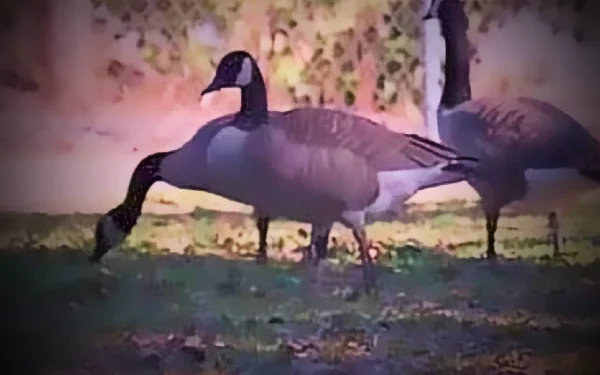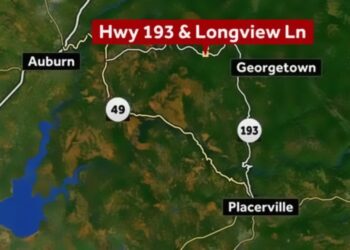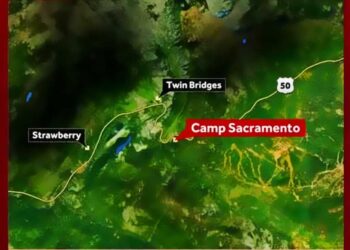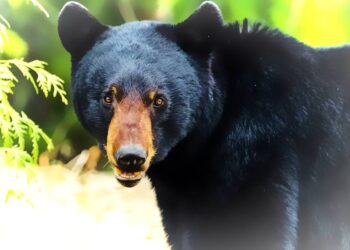Preliminary lab results show two Canada goose carcasses positive; residents, poultry owners asked to avoid contact and report sick or dead birds.
CAMERON PARK, Calif. — Wildlife officials confirmed Wednesday that laboratory tests have detected avian influenza in Canada geese found at Cameron Park Lake, the latest local sign that the seasonal migration is bringing bird flu back to Northern California.
The California Department of Fish and Wildlife (CDFW) said preliminary results from specimens sent for testing show at least two Canada goose carcasses from Cameron Park Lake were positive for avian influenza. Local rescuers and park staff reported a cluster of sick and dead waterfowl over the past two weeks, prompting sampling and further laboratory analysis
“In the past two weeks we have received two Canada goose carcasses from Cameron Park Lake, and the preliminary results show avian influenza,” CDFW wildlife staffer Peter Tira said in a news update. Officials said additional birds found ill in the area were euthanized to prevent undue suffering.
What happened and who’s involved
Wildlife rescuers reported finding several sick geese exhibiting neurological signs — lethargy, unsteady gait and head-twisting — and at least five dead geese and nine birds that were euthanized after falling ill, according to local reports. The Cameron Park Community Services District and volunteer rescuers alerted state wildlife authorities after the surge in sick waterfowl. Laboratory confirmation arrived after samples were forwarded to a state lab for analysis.
Why migration matters
Avian influenza frequently moves with migratory waterfowl such as ducks and geese, which can act as natural reservoirs for several strains of influenza A. Experts say outbreaks often spike in the fall and winter as birds move southward and congregate at lakes, ponds and other stopover sites. Because Canada geese congregate in large flocks and use shared waterbodies, the virus can spread rapidly within local wild-bird populations
Local risk and public guidance
So far, officials say the event appears localized to Cameron Park and El Dorado County; neighboring counties had not reported related detections as of Wednesday. Authorities emphasized that the public health risk to people remains low, but they warned of real consequences for other wild birds and domestic poultry if the virus spreads. The California Department of Food and Agriculture (CDFA) and federal partners have repeatedly stressed that HPAI (highly pathogenic avian influenza) can devastate backyard and commercial flocks with heavy losses if biosecurity lapses.
Residents were advised not to handle sick or dead birds and to keep pets away from wild birds and water where birds congregate. People who find sick or dead birds should report them to local authorities rather than attempting to dispose of them. Park signage warning visitors to avoid wildlife has been posted around Cameron Park Lake.
Reaction from the community
Daily walker Launi Varbell, who frequents the lake, said she’s noticed larger flocks this season and expressed concern.
“I’ve been videoing them because there’s big clusters of them. They’re gorgeous. I love them,”
Varbell said, adding that she noticed birds behaving strangely before officials confirmed tests.
“It makes me sad to see them sick.”
What poultry owners should do now
County and state agricultural officials urge backyard flock and commercial poultry owners to immediately review and strengthen biosecurity: keep birds housed or separated from wild birds, secure feed and water sources to prevent contamination, disinfect footwear and equipment, and report any unexplained poultry deaths to CDFA or local animal health officials. Rapid reporting helps animal health teams trace and limit potential spillover to domestic flocks.
Outlook and next steps
CDFW and local agencies said they will continue surveillance at Cameron Park Lake and surrounding areas and will provide updates as more test results come back. Given the seasonal migration pattern, wildlife and agricultural officials say additional detections among wild birds are possible and that vigilance — not alarm — is the appropriate response.
—
Sources: California Department of Fish and Wildlife; Cameron Park Community Services District; KCRA; CBS Sacramento; Folsom Times; California Department of Food and Agriculture.









